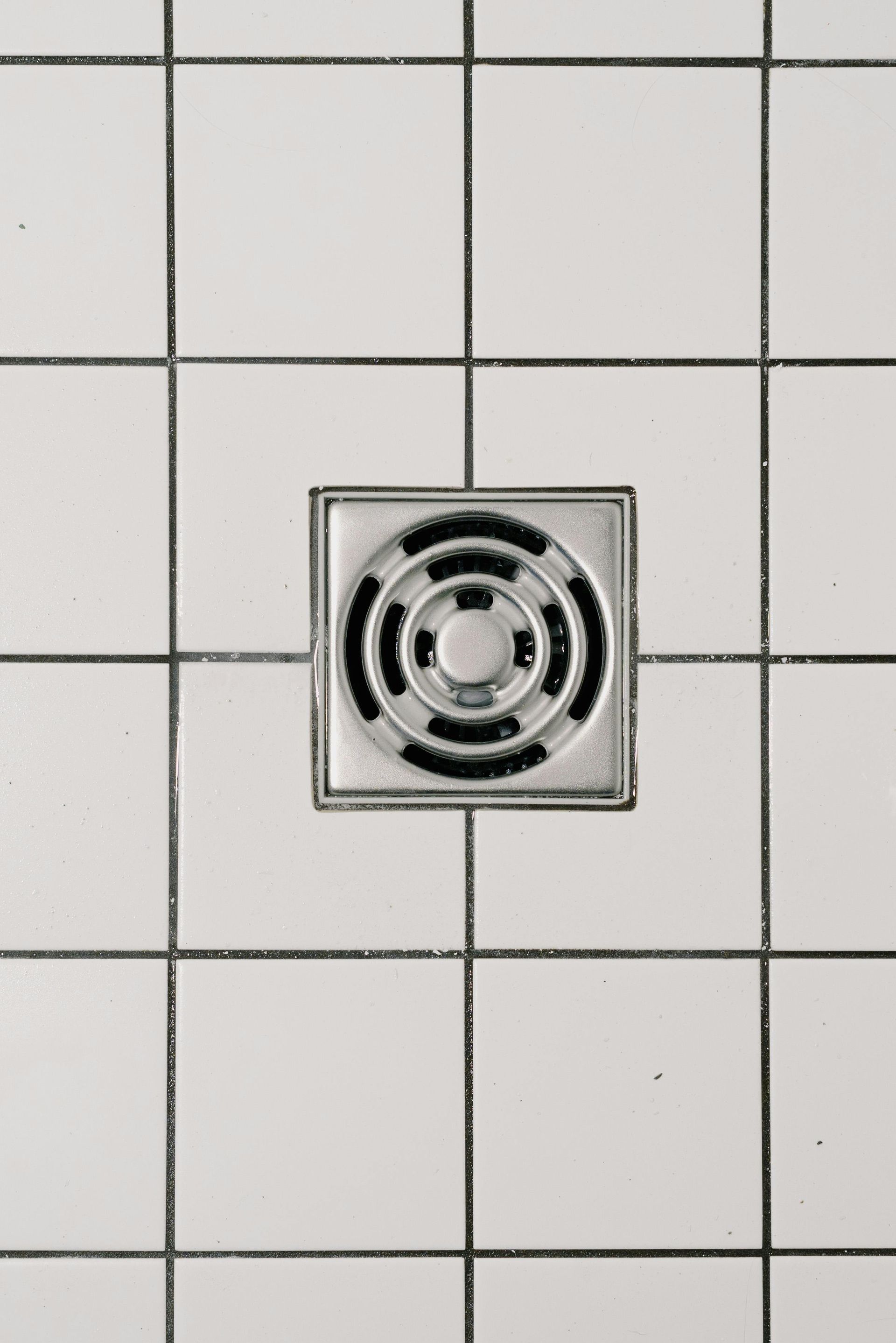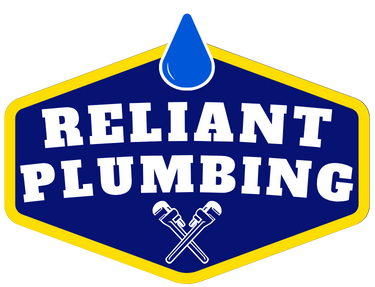
🚿 How to Prevent Blocked Shower and Tub Drains
Keep the water flowing and the clogs away with these easy maintenance tips for your bathroom drains.

Introduction
There’s nothing worse than standing ankle-deep in water while taking a shower because your drain isn’t keeping up. A slow or clogged tub/shower drain isn’t just annoying—it can also cause lingering odours, mildew, and costly water damage over time.
The good news? Blocked shower and tub drains are often preventable with simple habits and regular maintenance. Whether you live in an older home in Cambridge or just want to avoid plumbing problems altogether, this article will walk you through why these clogs happen and how to keep your drains clear year-round.
1. What Causes Shower and Tub Drain Clogs?
Most bathroom drain clogs are a slow build-up of common materials:
🧼 Hair
Hair is the number one cause of clogs in showers and tubs. It binds with soap scum and gets stuck in the drain trap.
🧴 Soap Scum
Bar soaps contain fats and oils that combine with hair and debris to form sticky residue in the pipes.
🦠 Product Buildup
Shampoo, conditioner, body wash, and shaving cream can all leave behind thick residues that narrow pipe openings over
time.
🪠 Foreign Objects
Small toys, razors, bottle caps, or even clumps of pet hair (from bathing dogs in the tub) can lead to stubborn blockages.
2. Signs of a Clogged or Slowing Drain
You may not notice the problem at first, but here are early warning signs:
- Water pools around your feet during showers
- Gurgling sounds from the drain
- A lingering musty or sewer-like odour
- Slow drainage that’s getting worse over time
Ignoring these signs can lead to standing water, pipe corrosion, or even leaks behind walls or under floors.
3. Prevention Tips That Actually Work
Here’s how to stay ahead of drain clogs:
🛑 Use a Hair Catcher
Install a drain screen or hair trap over the shower/tub drain. These inexpensive tools catch loose hair before it enters the plumbing system.
🔄 Clean the Stopper Regularly
Soap scum and hair can collect around the stopper mechanism. Remove and clean it every 1–2 weeks.
🚿 Rinse With Hot Water Weekly
Running hot water down your drain once a week helps melt away oily residue before it hardens.
🧼 Switch to Liquid Soap
Bar soaps contain more fat and are more likely to cause scum buildup. Liquid soap or body wash is easier on your drains.
🚫 Watch What You Rinse
Don’t wash mud, clumps of pet fur, or debris down the shower or tub. These should be disposed of in the garbage.
4. Natural Maintenance Drain Cleaner (Optional)
Skip the harsh chemical drain cleaners and try this monthly routine instead:
Ingredients:
- ½ cup baking soda
- 1 cup white vinegar
- Boiling water
Steps:
- Pour baking soda into the drain.
- Follow with vinegar and let it fizz for 10–15 minutes.
- Flush with a kettle of boiling water.
This eco-friendly combo helps loosen buildup and deodorize your pipes naturally.
5. When to Call a Plumber
If your drain is completely blocked or you’re experiencing recurring slowdowns, it’s time for a professional solution. A licensed plumber can:
- Use a drain snake or auger to remove deep clogs
- Inspect your drain line with a camera
- Identify underlying problems like pipe slope issues or tree roots
- Offer a thorough cleaning of your entire bathroom drainage system
Final Thoughts
Blocked shower and tub drains are one of the most common plumbing issues—but they’re also one of the easiest to prevent. With a few inexpensive tools and regular habits, you can keep your bathroom running smoothly and avoid water-related headaches.
If your tub or shower drain is draining slowly or has stopped completely, don’t wait for it to get worse. A quick visit from a local Cambridge plumber could save you hundreds in repair costs down the road.
